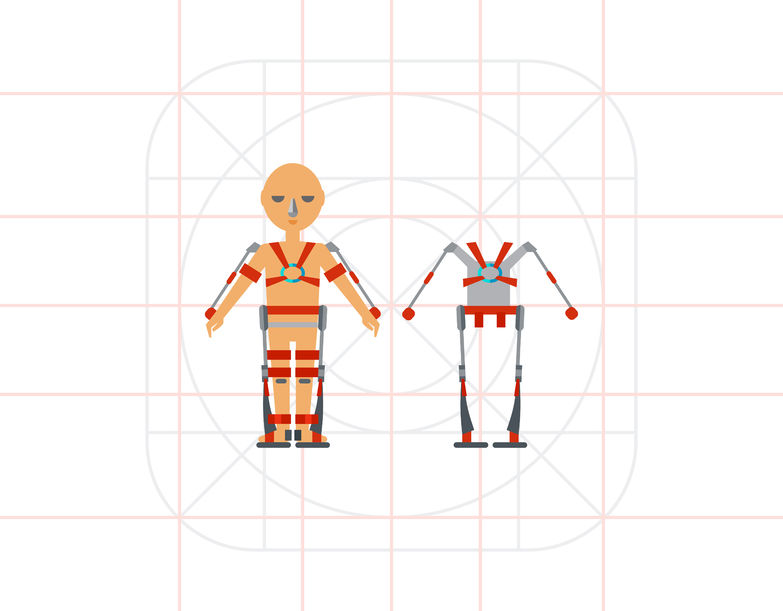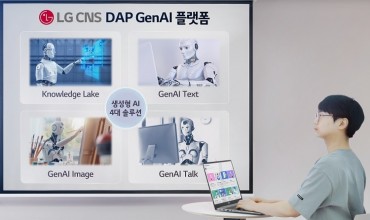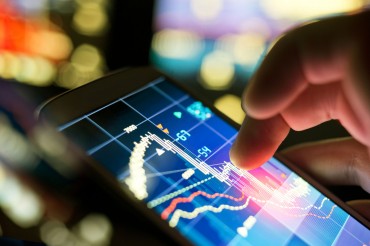
Reports of an increasing number of patent applications for exosuits come with emphasis being placed on the field of robotics, one of the most important sectors for industry of the future. (Image: Kobiz Media)
DAEJEON, Oct. 23 (Korea Bizwire) – The number of patent applications filed for powered exoskeletons, also known as exosuits, are increasing steadily in South Korea, as the economy shifts towards the so-called Fourth Industrial Revolution.
Reports of an increasing number of patent applications for exosuits come with emphasis being placed on the field of robotics, one of the most important sectors for industry of the future.
According to the Korean Intellectual Property Office (KIPO) on Monday, the number of patent applications filed for exosuits, which see humans and robots joined as one, amounted to a mere three in 2009.
The figure however rose drastically after 2010, reaching an annual average of over 40 applications in the last two years.
South Korean nationals accounted for 97 percent of the patent application total, with major companies accounting for 43 percent followed by universities at 21 percent.
Among the companies, Hyundai Motor Group applied for 41 patents, while Daewoo Shipbuilding & Marine Engineering and the Agency for Defense Development applied for 27 and 21 patents, respectively.
Experts believe behind the growing number of patent applications in South Korea is the success of international innovations such as the Hybrid Assistive Limb by Cyberdyne in Japan, and the Human Universal Load Carrier by Lockheed Martin in the U.S.
Exosuit, which is a combination of the word ‘exoskeleton’, a wearable mobile machine that fits the shape of the human body, and the word ‘suit’, refers so a number of devices that go by different names ranging from powered armor, exoframe and hardsuit to powered exoskeleton.
Unlike robots, exosuits can be worn by humans and can be controlled with precision and increase muscular strength.
Exosuits are often worn and used in various fields including industrial construction, rescue, the military and rehabilitation.
“Exosuits give control to humans, a very effective robot-human convergence technology that reduces the burden of arithmetic operation required to control robots,” said Na Gwang-pyo, head of the department dedicated to robotic process automation at the KIPO.
“As the South Korean market is still in its infancy, it’s imperative that South Korean companies develop critical technology and obtain patents before international competitors branch out,” Na noted.

The number of patent applications filed for powered exoskeletons, also known as exosuits, are increasing steadily in South Korea, as the economy shifts towards the so-called Fourth Industrial Revolution. (Image: Hyundai Motor)
The KIPO is helping improve South Korean companies to apply for more patents related to exosuits and other robotics-related technology, by providing support in intellectual property research development and organizing robot competitions for young innovators to spark interest in robotics among young people.
Ashley Song (ashley@koreabizwire.com)






